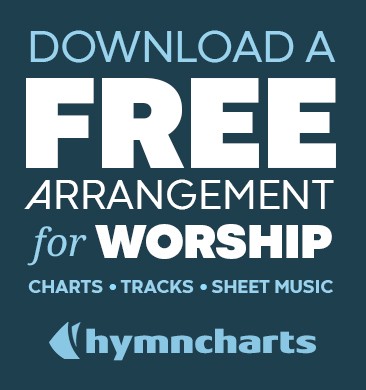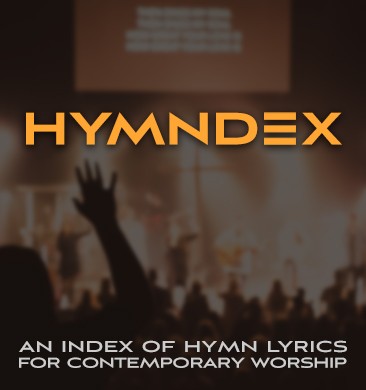I once visited a church and helped them creatively work through some worship issues. Some might call this consulting, I prefer to call it worship brainstorming.
This church is very traditional – complete with choirs, organs and cantatas – and started a contemporary service in a nearby strip mall. They sunk lots of $$ into the beautiful new facility.
The contemporary service is a smash hit, and attendance has grown larger than the mother church. The contemporary plant has attracted the late 30’s to mid 50’s crowd, including several successful (rich) professionals. Their offerings are larger than the offerings of the mother church.
There you have it – contemporary is the new traditional. This scenario is happening all over the country – a traditional church plants a contemporary service and it booms. Sometimes this even causes strife as the traditional church becomes jealous of the success of the new service.
From my travels and observations, here’s how I see the current state of evangelical Christendom:
On one end you have the die-hard traditional churches. With some exceptions, these churches are dying or dead, are attended exclusively by older people and will probably close shop soon when the last remaining congregant is buried. This church would never think of doing a song written in the late 20th century. One person emailed me to tell me that their church organist thought my contemporary HymnCharts arrangements were inappropriate because use of the piano “cheapened” the hymn (did you know that some traditional churches believe that only organ should be used in worship.) Yikes! Do churches like this still exist?
In the huge mainstream middle you have contemporary churches filled with rich, poor, old, young, families and singles. They have praise bands, sing the CCLI top 20 and some hymns and have relevant messages.
On the other end of the spectrum you have the cutting-edge churches. These churches have loud, guitar-driven music (you’d probably never hear the songs on CCM radio), are big into outreach and thinking outside the box. Congregations are mostly young and single. While these churches can be enormous, they’re typically smaller. Since the congregation is young (i.e. no money) they usually meet in rented facilities. Lots of volunteers keep these ministries running.
These three touchstones are a gauge for most churches in America, and of course many churches fall somewhere between – like a traditional church that does a few choruses and perhaps gets wild and uses a piano on Sunday nights, or a contemporary church that has cutting-edge guitar-driven music that isn’t loud enough to scare off baby-boomers. Where does your church fit?





